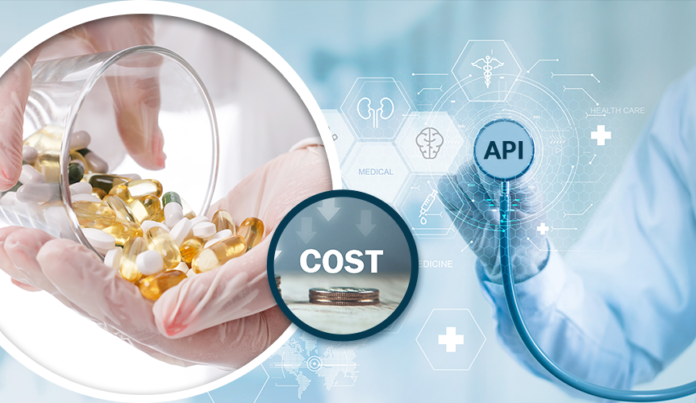Countries worldwide have various pharmaceutical pricing policies implemented to cope with the increasing drug prices. Active pharmaceutical ingredient manufacturers must follow these policies and plan their procedures further. The countries often choose the combination mechanism as it helps them determine and regulate generic medicines’ prices. Here through this blog, we will learn about API’s impact on the pricing of pharmaceutical products.
Table of Contents
What is Pharmaceutical API?
Pharmaceutical API, or active pharmaceutical ingredient, is the active substance in a medication that is responsible for its therapeutic effect. It is the part of the drug that makes it medically active and is responsible for its intended therapeutic effect. APIs are used in both brand-name and generic medications. Still, they are generally more important in producing generic drugs because they are the key ingredient that makes the generic drug equivalent to the brand-name product.
API can be produced by chemical synthesis or can be extracted from natural sources. They can be in the form of a small molecule, a biological one, or a combination of both. The API is mixed with other inactive ingredients, such as fillers and binders, to form the finished medication. The API is usually mixed with excipients to form a final drug product. These excipients are added to improve the stability, shelf life, and ease of use of the final product.
Pharmaceutical API is a critical component of the drug development process, and its quality and purity are essential to ensure that the drug is safe and effective.
How does API impact the cost price of a generic medicine?
API, or Active Pharmaceutical Ingredient, is a key component in the production of generic drugs. The cost of the API is often a major factor in determining the overall cost of a generic medication. If the API is readily available and inexpensive, the cost of the generic drug will also be low. However, if the API is in short supply or in high demand, the generic drug cost will be higher. Additionally, if the pharmaceutical API manufacturers use expensive processes or are subject to tariffs or import restrictions, this can also increase the cost of the generic drug.
Factors Impacting the cost price of generic medicines
It is true that active pharma ingredients also play a role in determining the cost of the final product. But not alone can it alter the cost of generic medicines. There are several other factors involved that can impact the cost price of generic medicines. Here we have listed some of the major ones for your knowledge, and they are:
- API costs: As mentioned earlier, the cost of the active pharmaceutical ingredient is a key factor in determining the cost of generic medicine.
- Production costs: The cost of producing generic medicine, including labor, materials, and equipment, can also affect the price.
- Competition: The level of competition in the market for a particular generic medicine can also affect the price.
- Patent expiration: The expiration of patents on brand-name drugs can open the door for generic manufacturers to produce and sell the drug, leading to increased competition and lower prices.
- Government regulations: Government regulations and policies can also impact the cost of generic medicines. For example, some countries have price controls in place that can affect the cost of drugs. Or The cost of taxes and tariffs that may be imposed on medicine by the government in certain regions.
- Research and Development (R&D) Costs: This includes the cost of researching and developing new drugs, including conducting clinical trials and obtaining regulatory approvals.
- Marketing and Distribution costs: The cost of promoting and distributing the medicine, including advertising, sales and promotion, and logistics.
- Profit Margin: The profit that the company expects to make from the sale of the medicine.
- Quality and compliance cost: The cost of meeting the quality standards and compliance with international regulations for the production of the medicine.
- Price negotiations with payers: The cost of negotiation with the insurance companies, pharmacy benefit managers (PBMs), and other payers that determine the final price of the drug.
Import and export tariffs can also affect the cost of the API and the final product. The final cost of a medicine is influenced by all these factors and can vary widely depending on the specific drug and the market conditions.
Conclusion
The pharmaceutical industry is huge, and so there are many other parameters that can affect the price of generic medicines. The API manufacturers do not generally disclose their research and development costs. Instead, they choose to cite the hypothetical average costs for drug development based on self-reported data. Before the consumers have it in their hands, the medicine has to cross multiple stages. Advanced technologies are also being used within the production process, and it also impacts the cost of generic medicines.


